10. Demystifying Product Sense
How to hone your PM spider sense to build great products and avoid duds
Welcome! I’m Vincent and this is a Product Manager’s Notebook, a series of notes for people who are interested in sharing and learning the art of product management and career development. You can read my archive here.
If you appreciate reading this post, please consider liking and subscribing.
Earlier in my product career, I often wondered about “Product Sense”. What was this mystical awareness that other PMs apparently had of what’s right and wrong for your product?
It would sometimes crop up in conversations. “You shouldn’t need to look at the numbers” I heard, “You should have a gut feel about these things.”
I’m pretty sure relying on gut feel is how we end up with indigestion.
One day, I was finishing another round of discussions on technical requirements around a potential build with my engineering partners. There had been a lot of back and forth on capabilities and limitations, but something didn’t quite feel right.
I slowly realised: we may be losing sight of the problem we’re solving for. I set up some time to go back to our customer conversations and regroup once were ready.
I was developing my product sense.
What is “Product sense”?
If you listen to the podcasts, product managers really value product sense. It’s when your spidey senses tingle to help you develop products that make the impact you want, and avoid building things that don’t. In a survey of 1,000 PMs for Lenny’s Newsletter, Product sense ranked third as the most important skill PMs should have.
Thankfully, “product sense” is not a force that’s bestowed upon you from above.
Rather, product sense is a learned skill that’s borne out of time and experience.
It can look a little like this:
“Customers may really struggle to use this, how can we design this more intuitively”
“This doesn’t feel any different from the competition.”
“This feels like a very expensive Engineering estimate - something about the scope might have been misunderstood or overcomplicated.”
How does one build product sense?
What does it mean that product sense is learned over time and experience?
Product sense comes from asking questions and reflecting consistently over time.
Let’s think about it in terms of the four PM risks: Customer value, usability, feasibility and business viability.
1. Customer value - will customers find value in the solution?

What do customers say about our product and is there a theme in the issues raised?
What does our customers’ current set up look like and what other systems do they have in place? (Actually sitting down at their desk really helps here)
How are they currently working around the problem and is the solution valuable enough for it to be significant?
You will primarily get this from talking directly to customers, and creating a close feedback loop with customer facing teams such as Sales and Customer Support.
2. Usability - will customers be able to use this?
What do internal users, UX research, customers say about our current tooling
What kind of standards do we try to follow in our designs and is our design consistent?
What does the user flow look like and how many steps are we asking users to take to get to their result?
Customer conversations and experience will help to colour this view.
3. Feasibility - is this technically feasible?
Can the solution be built with our current technology stack?
How much effort/cost will it cost for us to build the solution
Does our API or the 3rd party API capabilities allow us to build this?
Time spent with your Engineers and staying up to date with industry trends will give you this insight. You will start learning where the limitations are, what skills your engineers have (maybe they only know a specific language?) and how much time they need to build features.
4. Viability - does this make sense for our business?
Is this product or feature consistent with our other lines of business, and does it fit or scale within the customer journey for other products?
What is the size of the potential market, relative standing to competitors, and cost of ongoing support - will this generate sufficient ROI to be a viable business?
Is there any risk of cannabilization or legal considerations we need to be aware of, and what needs to be contractually stipulated?
Spending time with your Finance team, Legal, your management chain and business intelligence teams will help to provide useful intuition over time.
The answers to these questions are often not simple and can be nuanced based on the circumstances. As different situations arise, you develop a deeper understanding about your customers, your business, and your tech stack. These accumulated insights eventually form the foundation of your personal product sense.
Mastering the balance

It’s important to to note, as we try and find the right balance between the different risks we need to manage, that:
Balance does not mean equal.
Just as a balanced diet does not mean you eat equal amounts of fruit and veg vs meat, the balance we strike for our products also does not need to be equal. This means we may want to sacrifice potential immediate financial return if the build needs to be made more user-friendly to onboard customers first.
Your product sense will help to understand where that balance needs to lie.
Observing other products
Another important note is to observe other products in your everyday life to dissect what they’re doing, the impact they’re trying to have, how you might change them, or how it might apply to your own product.
For example, I ordered a cake online and was impressed with the options they provided after the order was placed.
How much time would you allow for changes to be applied to the order?
Would contacting customer support automatically add the order details to make it a seamless experience?
Would you allow delayed delivery notifications and what kind of technology would you require for customers to be able to have live tracking?
It’s not unlike being a chef restauranteur:

You will not have an amazing sense of taste from day one. Rather it’s developed from relentless experimenting, experiencing failures and tasting others’ dishes
It is developed by talking to your customers to understand what they enjoy, and finding the right balance of flavours in your menu
It’s about understanding your market, the right location for your restaurant and what customers are willing to pay for your food so you can scale
Key Learnings
Considering all of the above, it stands to reason that relentless curiosity is what’s needed to develop your own product sense.

Important notes:
Product sense is important because it helps PMs to understand the right features to prioritise and what works for your customers and your business
Product sense is a learned skill that PMs can develop over time by asking questions and reflecting regularly across their interactions with customers and internal functions
Product sense can be enhanced by paying attention to other products and thinking about what works and what doesn’t
If this has been helpful for you, please share with others and I’d love to hear about your own experiences with product sense.
This will be the last post for the year as I’ll be prioritising family time over the next few weeks. See you again in 2025!

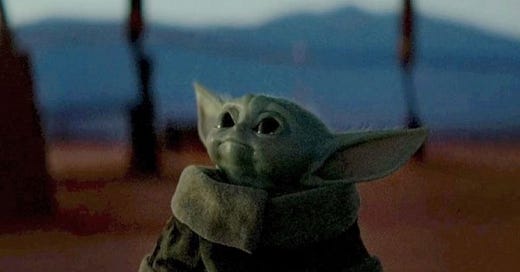



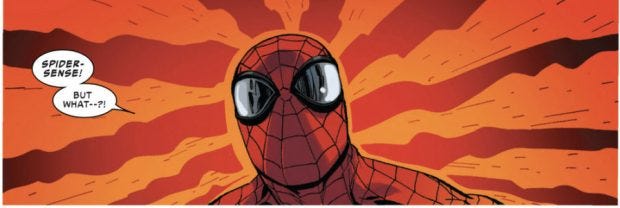



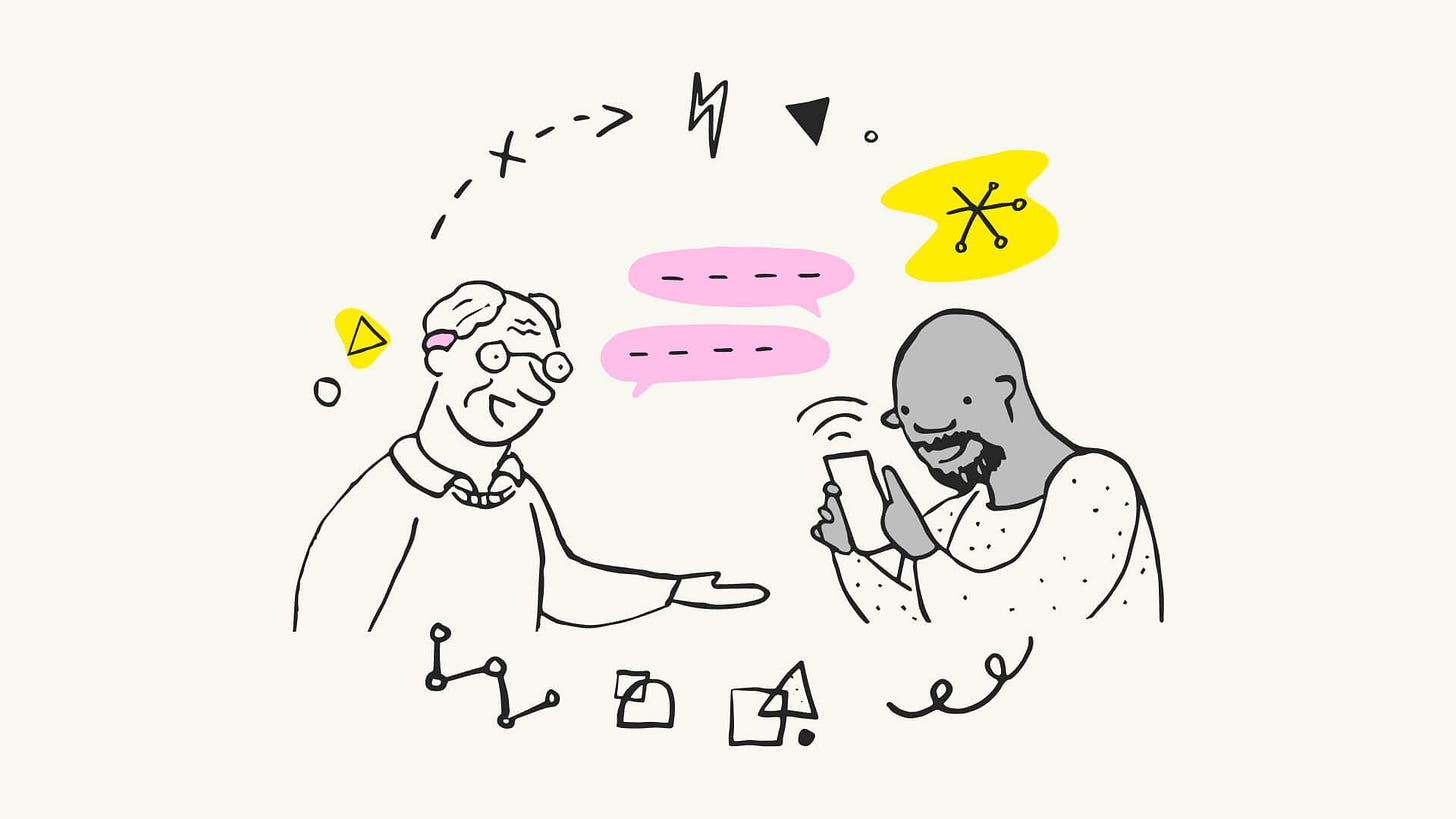
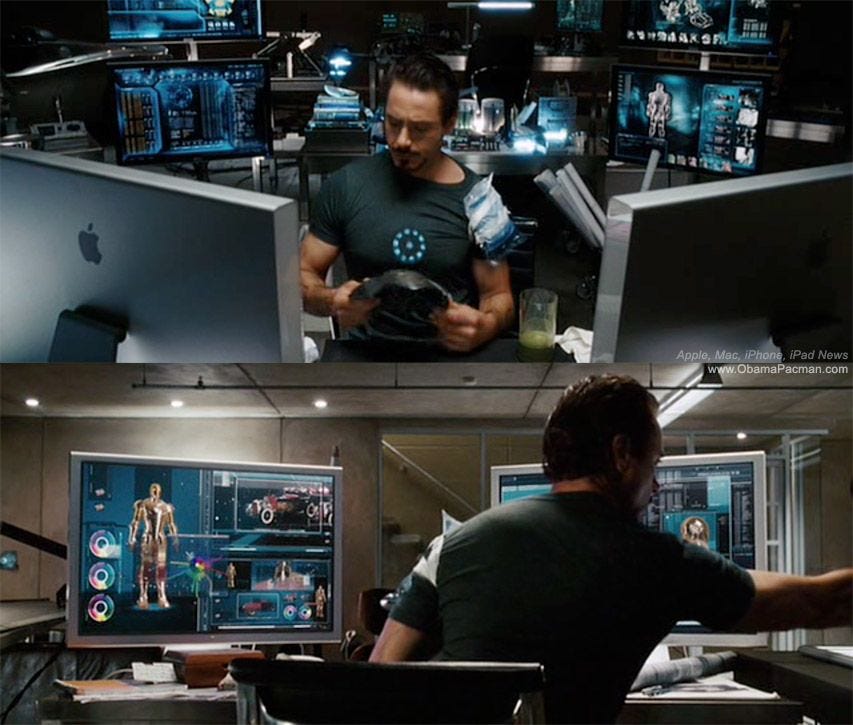
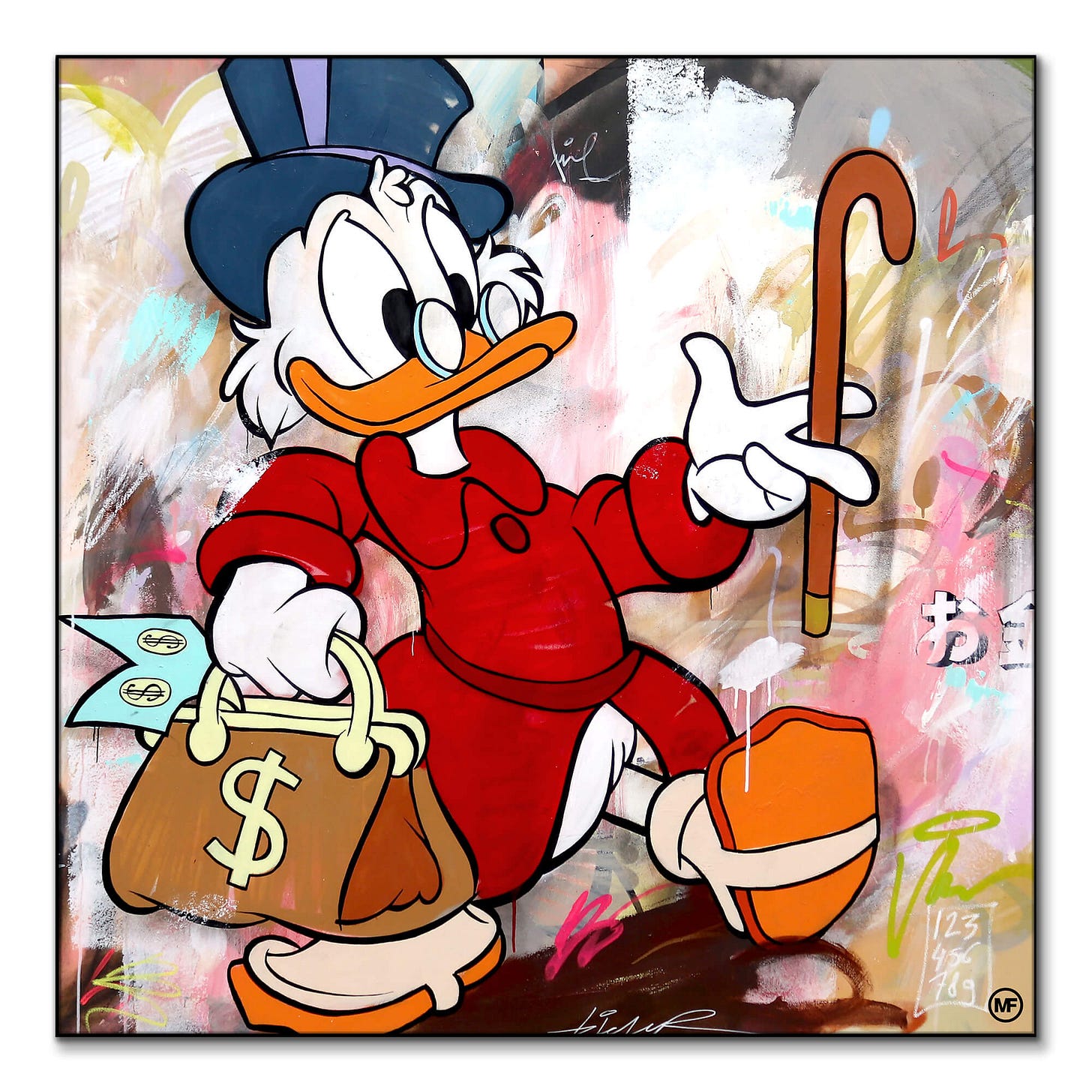
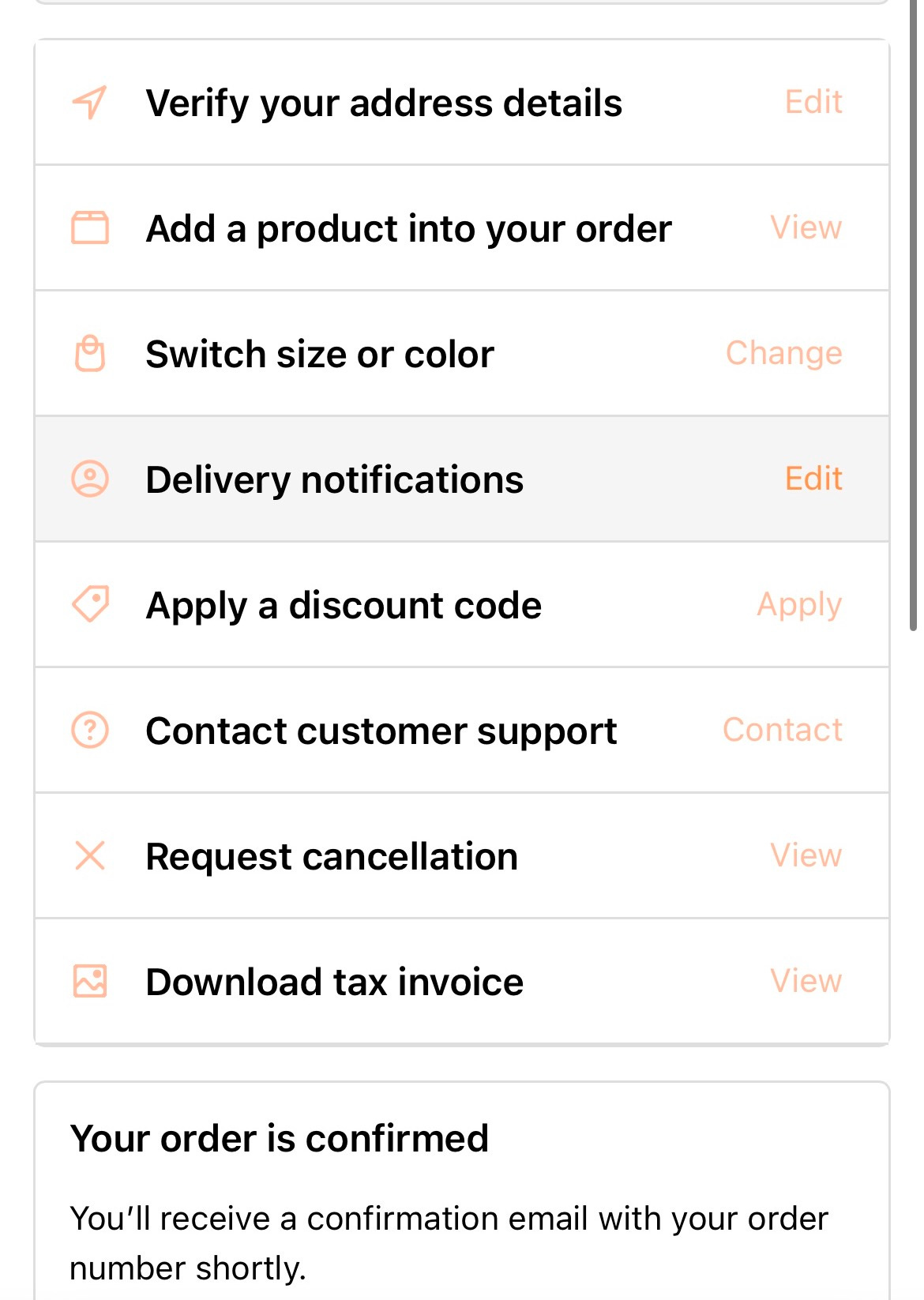
I loved the Yoda and The Force analogy for product sense—it’s such a clever comparison! Funny, yet so spot on. It perfectly captures that mix of intuition and experience needed to “feel” what’s right for a product. Great read Vincent!